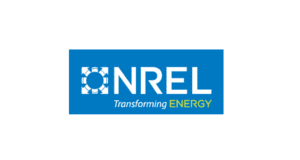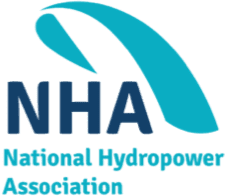
From NREL Press Release (7/22/19):
Greater Training and Education Needed To Meet Future Demand for U.S. Hydropower Workers
Expanded training and education programs are needed to meet future hydropower industry workforce needs, according to a new report produced jointly by the National Renewable Energy Laboratory and the Center for the New Energy Economy. The domestic hydropower industry employed 66,500 workers in 2018 and could grow to 120,000 jobs by 2030 and 158,000 by 2050.
Workforce Development for U.S. Hydropower: Key Trends and Findings offers a brief assessment of current U.S. hydropower industry workforce and educational programs. Operating and maintaining hydropower facilities requires highly qualified workers with years of experience and education in a range of trades. Jobs with the highest level of demand—skilled craft workers and professional workers—typically require the most education and specialized training.
Staffing demands will continue as this carbon-free source of energy and storage continues to grow; a need that grows more pronounced as employees begin to retire from the hydropower workforce. Approximately 26% of the hydropower workforce is age 55 and older and will reach retirement age within the next decade. The need to quickly hire large numbers of workers presents challenges in recruitment and the transfer of knowledge from older, experienced workers to new, often less-experienced staff.
“Hydropower organizations are already having difficulty hiring people with required skills, and this trend is likely to get worse as the industry continues to grow and older workers retire,” said Suzanne Tegen, a report co-author from the Center for the New Energy Economy at Colorado State University. “By estimating hydropower industry workforce needs, this report outlines the types of workers and educational programs needed in the short term to drive hydropower energy and storage forward long term.”
Found in all 50 states, hydropower generates more than 7% of the country’s electricity and has long been the nation’s largest source of renewable energy. Hydropower—increasingly recognized for the valuable flexibility and reliability of the services it provides to the grid—is also well-positioned to enable the integration of variable renewable resources, such as wind and solar, while supporting grid reliability and resilience. For these reasons and many more, the future U.S. hydropower workforce will play an important role in the future of the U.S. energy system.
Learn more about the hydropower industry’s training and workforce needs by reading the full report.


